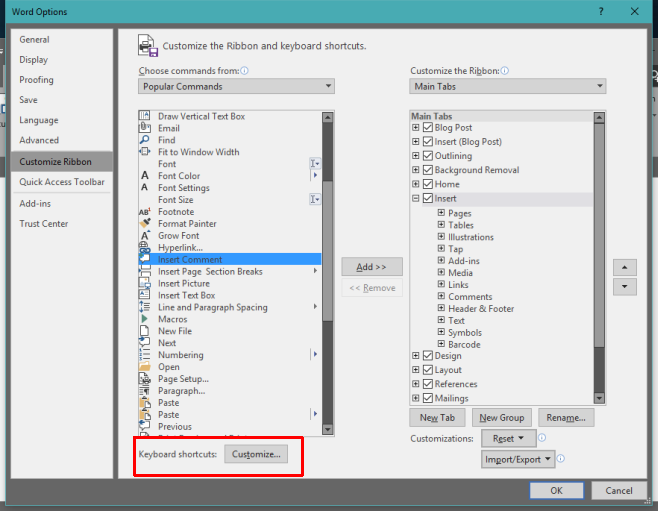
You can add it by customizing the Quick Access toolbar: I’ve also found it useful to add the Properties button to the toolbar at the top for even quicker access. (In Microsoft Word 2013, there is no need to enter an Advanced Properties section.) To edit fields in more recent versions of Microsoft Word, navigate to the Info page with a document open:įile > Info > Properties > Advanced Properties Field Properties and Toolbar Customizationįirst, you’ll will want to be able to adjust your toolbar so you may access your field-name properties more easily. Fields can be changed as needed by manipulating a single textbox, and then updating the entirety of the document’s corresponding fields to match what you entered.

For example, you may want to assign a number to a series of documents in question, or give it some kind of specification/version. However, if you wish to set the Date so it does not automatically update as such, you can use an alternative field such as “Comment” to be a placeholder for a date, which you can change at will.įields are useful for entries such as Titles, Dates, and other miscellaneous content-holders. For example, the default Date field can be automatically updated if you view the document. Updating documents with specific variables is much simpler if you take advantage of fields.

Using data fields is an efficient way to change specific, recurring aspects of MS Word document rapidly, akin to using variables, which is especially useful when you are working with multiple similar documents, and don’t want to perform a CTRL+H on each and every single one – CTRL+H is “Search and Replace”, while just “Search” is CTRL+F.


 0 kommentar(er)
0 kommentar(er)
